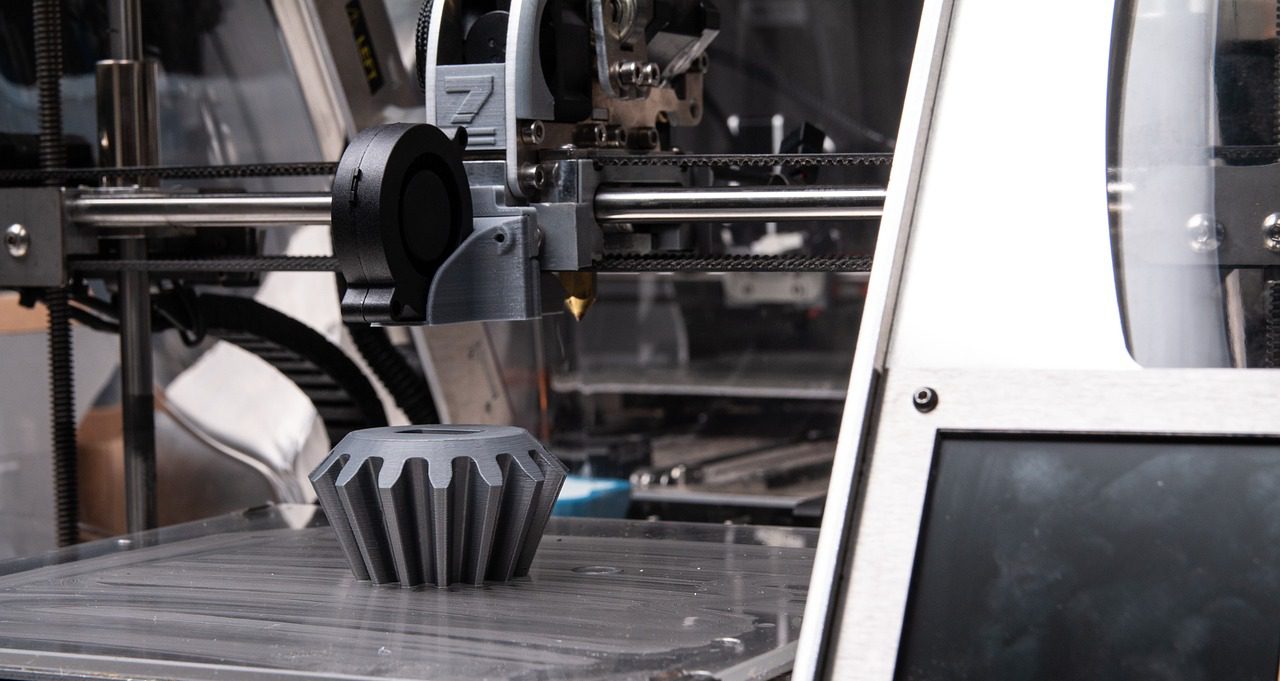This post is also available in:
 עברית (Hebrew)
עברית (Hebrew)
Incidents of collision between drones and planes continue to trouble pilots as well as development companies who work tirelessly to find the most efficient solution to avoid such incidents as much as possible.
One of those companies is IMSAR LLC, a research and development firm that specializes in radar devices and rapid image processing. The company believes it will have a suite of small collision-avoidance radar systems for small unmanned aircraft systems available by next year.
The collision avoidance radar systems will be available to a large range of UAVs, including package delivery quadcopters to military intelligence systems. The system will be based off IMSAR’s NanoSAR and should range in cost in accordance with the UAVs, the company said.
“Radar is ideally suited for the sense-and-avoid problem because it can operate effectively at night and in low-visibility conditions, such as clouds, fog, smoke and precipitation,” said Britton Quist, IMSAR’s lead on collision-avoidance development. “This is a capability unmatched by optical, acoustic, infrared or LiDAR sensors.”
According to IMSAR, radar-based sense-and-avoid technology was previously thought to be too expensive due to weight, algorithm and cost concerns.
Synthetic Aperture Radar is an imaging technology that transmits and receives signals in the microwave portion of the electromagnetic spectrum to collect data pertaining to targets and the area in which they are located, according to IMSAR.
The company compares SAR to optical sensors such as photo or video cameras. Both use reflected electromagnetic waves to form imagery, but each use a different electromagnetic spectrum. Optical sensors rely on shorter wavelengths to form the images that our eyes can see. SAR sensors utilize longer wavelengths to make images that appear black and white, and also are creatable for the purposes of situational awareness regardless of light or visibility conditions.
There is no escaping, then, the need to act quickly and adjust the new technologies such as UAVs into our world and keep regulizing the air territory in a way that prevents risk to human lives and valuables.
Subscribe to our newsletter.


























